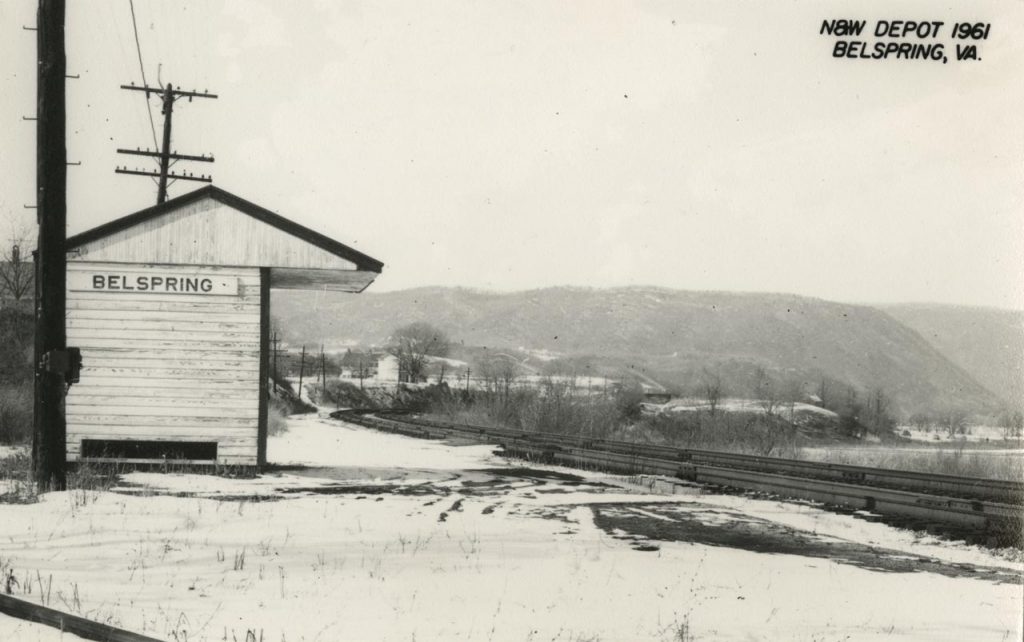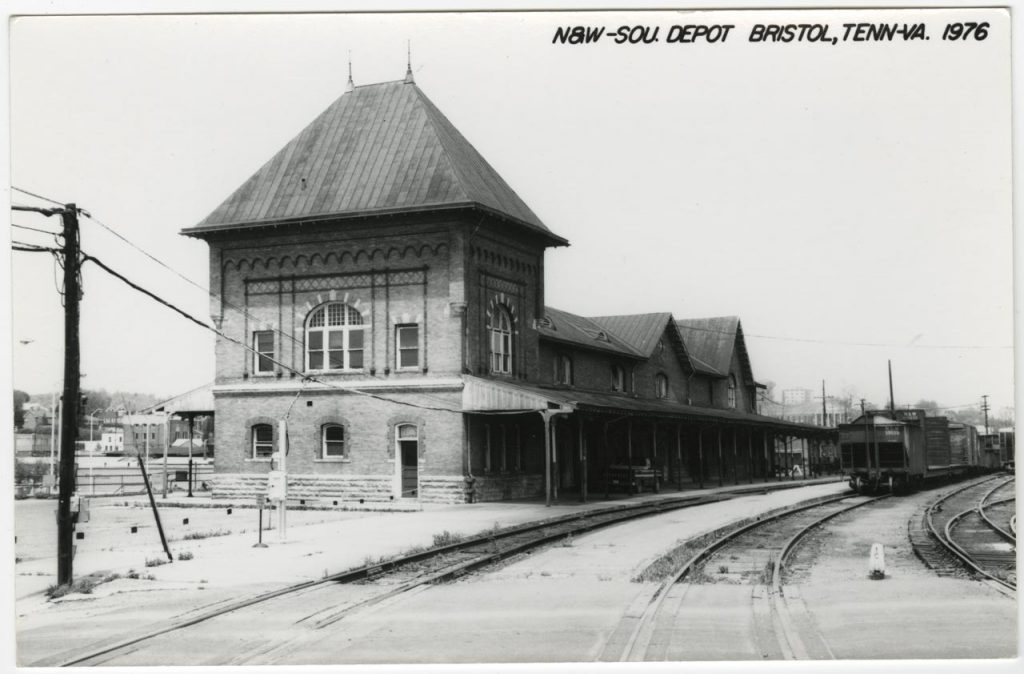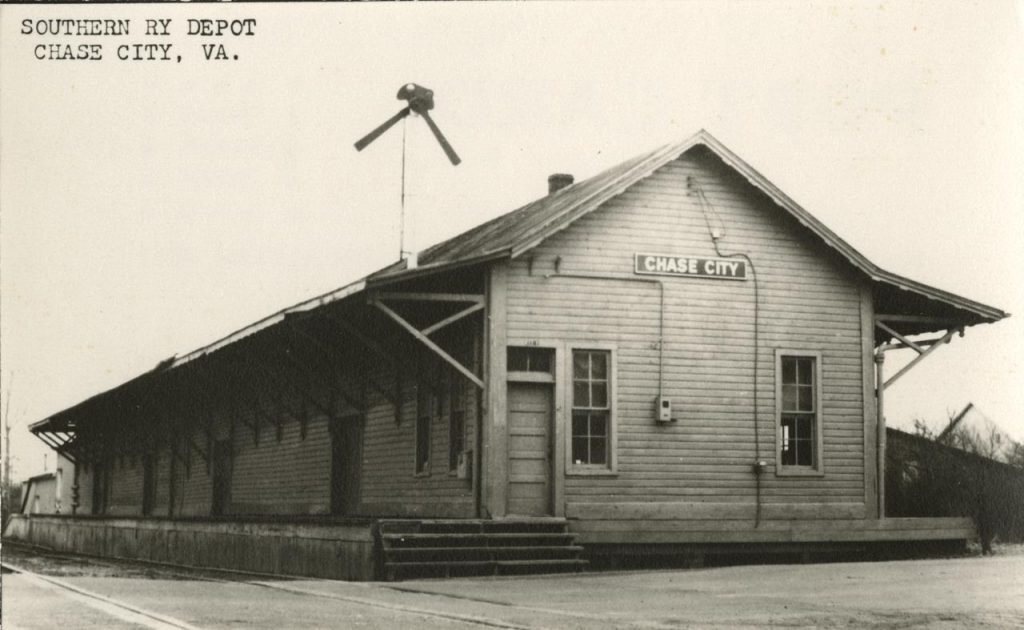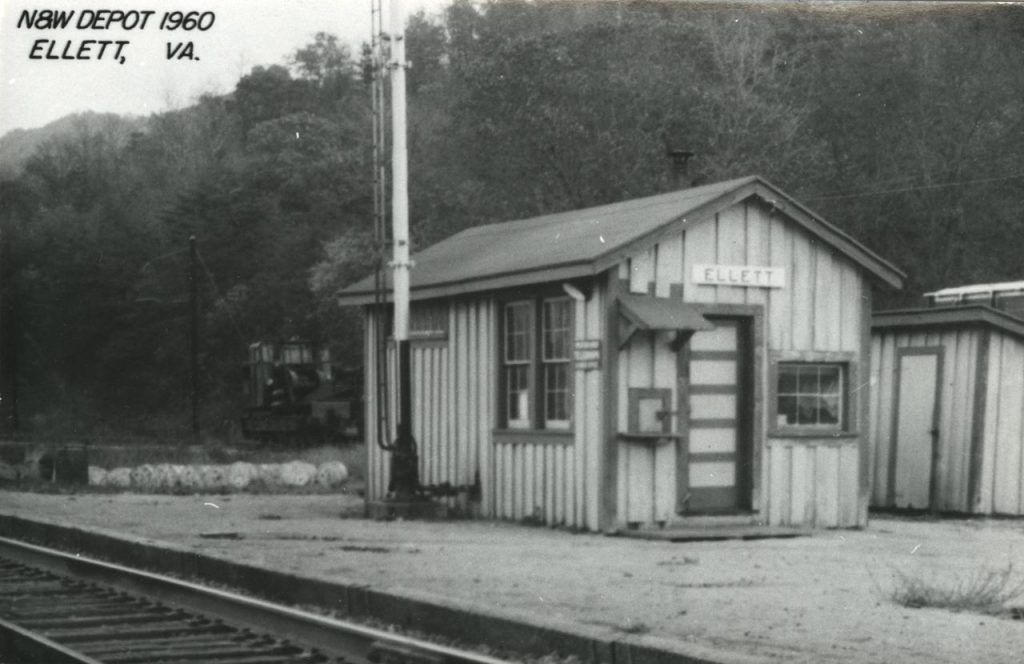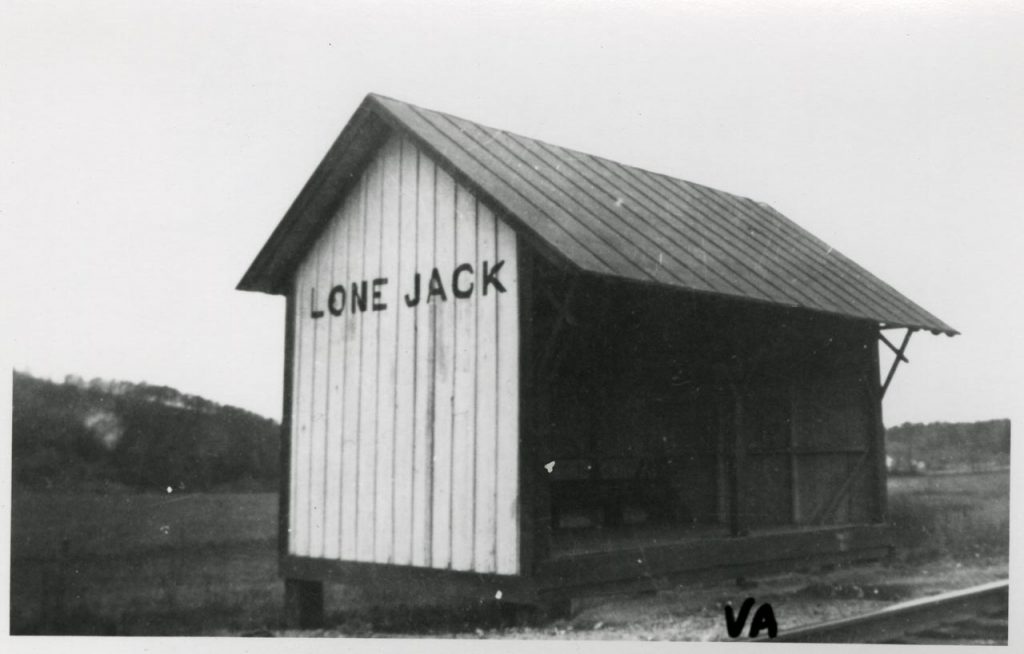Dugald Stewart Walker Bookplate Collection
C1: 107
1920s–1930s
22 plates
Failed insurance salesman Dugald Stewart Walker (1883–1937), a native Richmonder and self-styled eccentric very much in artistic and cultural sympathy with the British aesthetes of a generation before, studied drawing at the University of Virginia and the New York School of Art, and was by the late 1920s internationally renowned as both a fine artist and popular illustrator of children’s books. While his gallery work was praised in the museums of London, Paris, and Rome, Walker’s elegant grotesqueries fared poorly back home in Depression-era Richmond—though he was keenly sought after as a bookplate designer by the Richmond and New York elite.
With striking black-and-white prints reminiscent of the work of Aubrey Beardsley but distinctly his own, Walker created a whimsical, slightly sinister, and technically precise “Once Upon a Time” world of pleasure gardens, peacocks, satyrs, clowns, archers, and mounted knights. Often in his bookplates the highly personalized iconography of client preference is brought to bear on quaint themes and high modernist design. In the plate for the Boyce Thompson Institute for Plant Research, for example, delicately rendered chemistry beakers positioned above a “window” become, in their self-mirroring symmetry, a kind of ornamental pediment. In another plate, otherwise naturalistic boxers, poised for battle, become pilaster-like ornaments on either side of a monumental baroque doorway through which lovers can be glimpsed embracing in a … Read the rest
Dugald Stewart Walker Bookplate Collection Read More »


